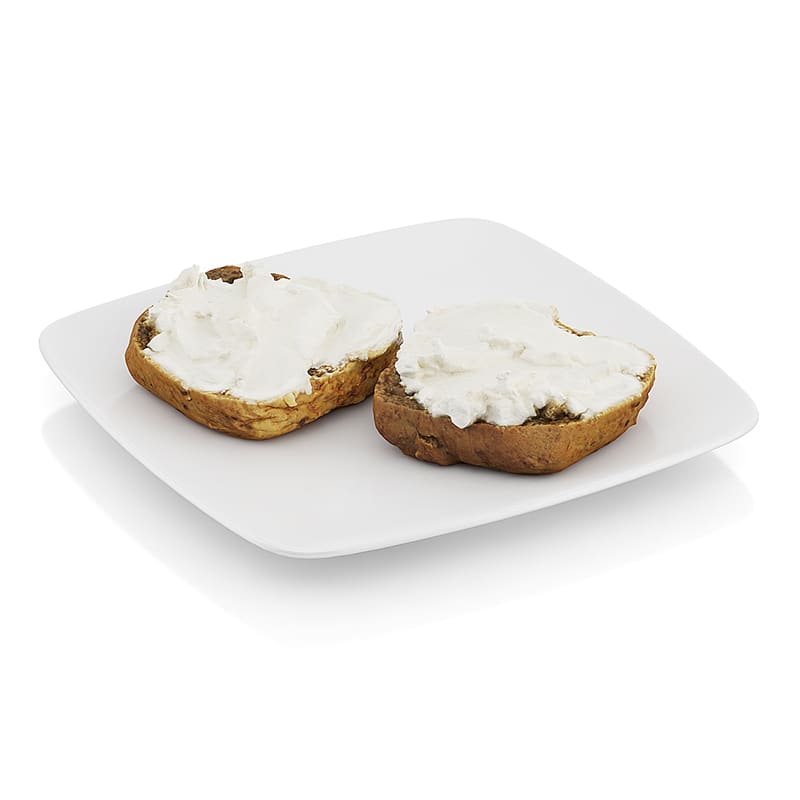 However, there is a excessive uncertainty on deforestation-related emissions for imported soybean. There have been steady cookers and roasters, automatic conveyors, pumps and pipelines, compressed air methods for mixing the mash, highly effective vertical and horizontal presses (which elevated the pressure in 2 or three steps as much as 100 kg per sq. centimeter (1,420 lb per square inch) and left lower than 25% moisture in the 2-mm thick, tan presscake), heat exchangers, and excessive-speed bottling machines. 170 000 t) whereas consumption of protein seeds like peas decreases by one hundred 000 t in each CP-1 and CP-2. Substitutions are amplified in CP-2 scenario in comparison with CP-1 scenario. This is explained by the truth that in dairy cattle, consumption of milling by-products decreases so much (−80 000 t in CP-1 and −100 000 t in CP-2), as a result of an absence of volumes accessible for these raw materials. It represents lower than 200 000 t of uncooked materials in CP-2. Soybean meals volumes are down by 420 000 t in CP-2 compared to the initial situation. CP-2 situation requires 230 000 additional tons of rapeseed meals, in contrast with the initial scenario. Indeed, in CP-2 state of affairs, volumes of rapeseed meals are down by 50 000 t, whereas milling by-product, cereals and amino acids consumptions improve.
However, there is a excessive uncertainty on deforestation-related emissions for imported soybean. There have been steady cookers and roasters, automatic conveyors, pumps and pipelines, compressed air methods for mixing the mash, highly effective vertical and horizontal presses (which elevated the pressure in 2 or three steps as much as 100 kg per sq. centimeter (1,420 lb per square inch) and left lower than 25% moisture in the 2-mm thick, tan presscake), heat exchangers, and excessive-speed bottling machines. 170 000 t) whereas consumption of protein seeds like peas decreases by one hundred 000 t in each CP-1 and CP-2. Substitutions are amplified in CP-2 scenario in comparison with CP-1 scenario. This is explained by the truth that in dairy cattle, consumption of milling by-products decreases so much (−80 000 t in CP-1 and −100 000 t in CP-2), as a result of an absence of volumes accessible for these raw materials. It represents lower than 200 000 t of uncooked materials in CP-2. Soybean meals volumes are down by 420 000 t in CP-2 compared to the initial situation. CP-2 situation requires 230 000 additional tons of rapeseed meals, in contrast with the initial scenario. Indeed, in CP-2 state of affairs, volumes of rapeseed meals are down by 50 000 t, whereas milling by-product, cereals and amino acids consumptions improve.
 Rapeseed meals, unshelled sunflower meals (LP) and cereals consumptions enhance at the expense of soybean meals and sunflower meals excessive protein (HP). A lower of crude protein content in monogastric feed results in an vital lower of soybean meal consumption in poultry feed business. Prospective Aliments model leads to allocate milling by-product to pig feed (growing total profitability by decreasing the sum of all system costs), which decreases their availability for dairy cattle. On the one hand, the reduction of soybean meal imports leads to a decrease of GHG emissions associated with these imports. Evolution of the GHG emissions following the lower of CP content material in monogastric feed – Raw materials contribution. Hence, two values of emissions have been tested for this raw material: the ADEME worth (0.839 kg CO2-eq/kg soybean) and one other greater sensitivity take a look at value (2.5 kg CO2-eq/kg soybean) considering the uncertainty related to this emissions analysis. Lastly, calculated ammonia emissions from monogastric manure administration are primarily based on the quantity of nitrogen contained in industrial feed, contemplating the amount of nitrogen issued from farm-made feed is supposed stable. Evolution of oilseeds and protein crops consumption after a decrease of CP content in monogastric feed – Poultry feed.
Rapeseed meals, unshelled sunflower meals (LP) and cereals consumptions enhance at the expense of soybean meals and sunflower meals excessive protein (HP). A lower of crude protein content in monogastric feed results in an vital lower of soybean meal consumption in poultry feed business. Prospective Aliments model leads to allocate milling by-product to pig feed (growing total profitability by decreasing the sum of all system costs), which decreases their availability for dairy cattle. On the one hand, the reduction of soybean meal imports leads to a decrease of GHG emissions associated with these imports. Evolution of the GHG emissions following the lower of CP content material in monogastric feed – Raw materials contribution. Hence, two values of emissions have been tested for this raw material: the ADEME worth (0.839 kg CO2-eq/kg soybean) and one other greater sensitivity take a look at value (2.5 kg CO2-eq/kg soybean) considering the uncertainty related to this emissions analysis. Lastly, calculated ammonia emissions from monogastric manure administration are primarily based on the quantity of nitrogen contained in industrial feed, contemplating the amount of nitrogen issued from farm-made feed is supposed stable. Evolution of oilseeds and protein crops consumption after a decrease of CP content in monogastric feed – Poultry feed.
Evolution of oilseeds and protein crops consumption after a lower of CP content in monogastric feed – Beef cattle ration. Amino acid feed additives are important for livestock as amino acids are the building blocks of protein and polypeptides, which are the major elements of tissue and muscles. For the “Initial Situation”, feed-grade amino acid volumes have been let free within the model, which suggests reported values represent the optimal volume for this provide value. Applied restrictions to amino acid volumes for the assessment of the impact of a lower in crude protein content in monogastric feed at business feed producers in France. L-Leucine, L-Isoleucine, L-Histidine and L-Arginine volumes are considered null in the preliminary state of affairs, since at the moment sold volumes were marginal in 2017-2018 (“0” value in Tab. When you obtain your preliminary shipment, we retailer your product in our GMP certified warehouse. Two situations have been examined by decreasing the CP content in monogastric formulation (pig, broiler, laying hen), in contrast with 2017-2018 preliminary state of affairs: “CP-1” (lower of monogastric feed CP content by 1 percentage point by the decrease of compound feed CP content) and “CP-2” (lower of monogastric feed CP content material by 2 share factors by the decrease of compound feed CP content1).
Crude protein percentage of various monogastric feed. The decrease of the crude protein content of monogastric feed is made attainable through the use of artificial best amino acids manufacturer acids. Evolution of the availability value after a decrease of CP content material in monogastric feed – Contribution of all the animal productions. Evolution of oilseeds and protein crops consumption throughout a lower of CP content material in monogastric feed – All animal productions. In the beef cattle trade (Fig. 5), adjustments within the situations are much less impacting feed composition than for other animal productions. Evolution of oilseeds and protein crops consumption after a lower of CP content in monogastric feed – Dairy cattle feed. Weighted average additional prices are 16.Four €/t for poultry, 9.3 €/t for pigs, 6.1 €/t for dairy cattle, and 2.9 €/t for beef cattle. Like in dairy feed, consumption of milling by-products decreases (−110 000 t in CP-2), because of a redistribution of those co-products for pig feed. A decrease of the CP content material in monogastric feed has an influence on raw material consumption. Soybean meal is the uncooked material reducing essentially the most in CP-1, and much more significantly in CP-2.
